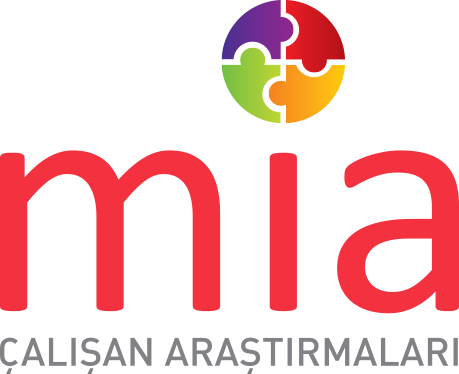Blog
Your CRM vs. Our ERM

Berna Özdemirkan
May 2019 – Brandmap:
We, occasionally, see different disciplines using similar practices. Marketing and Human Resources are also among those two different disciplines that have a lot to learn from each other. Whereas Marketing is concentrated on the customer, Human Resources’ focus is the employee, and, as you know well, customers and employees are the most important stakeholders of organizations.
Obviously, the employees actually act as customers for multiple organizations in their personal life. So, how do the firms approach this type of customer? Don’t they generate tailored promotions, make exclusive offers and thus make the customer feel special with the CRM logic? Well, isn’t this customer also an employee of a company? So, in this regard, they are not wrong to expect the same from their company. But, what are the companies are in reality? They divide their employees into general demographical groups and use a collective practices for each group. Managers, White Collars and Blue Collars are the most common groups. Is it really possible for each one of these groups to have the same expectations from business life, the same values and the same lifestyles? For example, we can hear from Human Resources professionals that the employees are not satisfied with training practices, leadership academy, personal and professional development practices. However, when you offer training for an employee group whose expectation is not development in business life, this wouldn’t bring employee satisfaction for that group; on the contrary, they may become unhappy. Moreover, you would lose both money and time by spending your training resources for the entire company. When you divide the employees into segments based on their expectations, you will start investing in the right people.
ERM (Employee Relationship Management) model that emerged totally from this need starts by dividing the employees into personas using advanced segmentation analyses and seeing to what extent the existing Human Resources policies fulfill the needs of these main segments. The goal is to create segment and promises based Human Resources practices by offering an alternative for Human Resources management. Multidimensional segmentation enables us to identify segments displaying different patterns within the organization in terms of employee expectations, values and behavior patterns; and active profiling method allows us to determine the distinctive qualities of employees at each group and thus shaping exclusive HR strategies, promises and value propositions for each segment.
So, why do we need a new approach?
It is the new normal that people from different generations, cultures, educational backgrounds, perspectives work together, and thus labor profile diversity became an important work dynamic that needs to be managed.
The values of “Equality”, “Consistency”, “Standardization” are replaced by “Fairness”, “Flexibility”, “Personalized Solutions”, “Value to People“.
The pressure of efficiency pushes the companies to examine the returns of their HR practices more and more everyday.
As the HR approaches and practices copying each other move away from being unique, it gets harder to attract and retain talents.
Despite of the improvements and investments in HR, “Wholehearted Commitment and Motivation” in the talented workforce is not still at the desired level.
Of course, the real skill is
- to stay “Corporate” while generating exclusive solutions for different employee segments,
- to remain “Committed to Corporate Culture and Values” while enriching the practices that highlight the values of the segments,
- to maintain the “Reasonable Complication” level while giving up the “solutions for all”.
Asking the opinions of the employees while collecting data is only a part of the task in this model. Just like any data that the marketing collects about the customers, the data about the employees are also very critical. Thus, it will create more relevant results to combine the existing information about an employee with the segmentation data and analyze accordingly. This will enable us to make the right definitions about the segments.
While it is possible to determine the needs of the existing employees correctly with this approach, it is also possible to identify the segment profiles that the company needs but lacks early on and determine the recruitment strategies based on this finding. Given that each company needs people from different profiles to grow and develop, such an opportunity is very important. To exemplify, the companies definitely need performance and success oriented employees, but there is also a need for a controller group that stays still to think and makes sure the right step is taken while the previous group runs fast. The important thing is to distribute these profiles in a balanced manner. It is possible to maintain this balance by tracking the segments rates within years.
So, what were we saying? We can, actually, add value and meaning to our business by using the experiences of the different disciplines. Just have the courage to try 🙂
